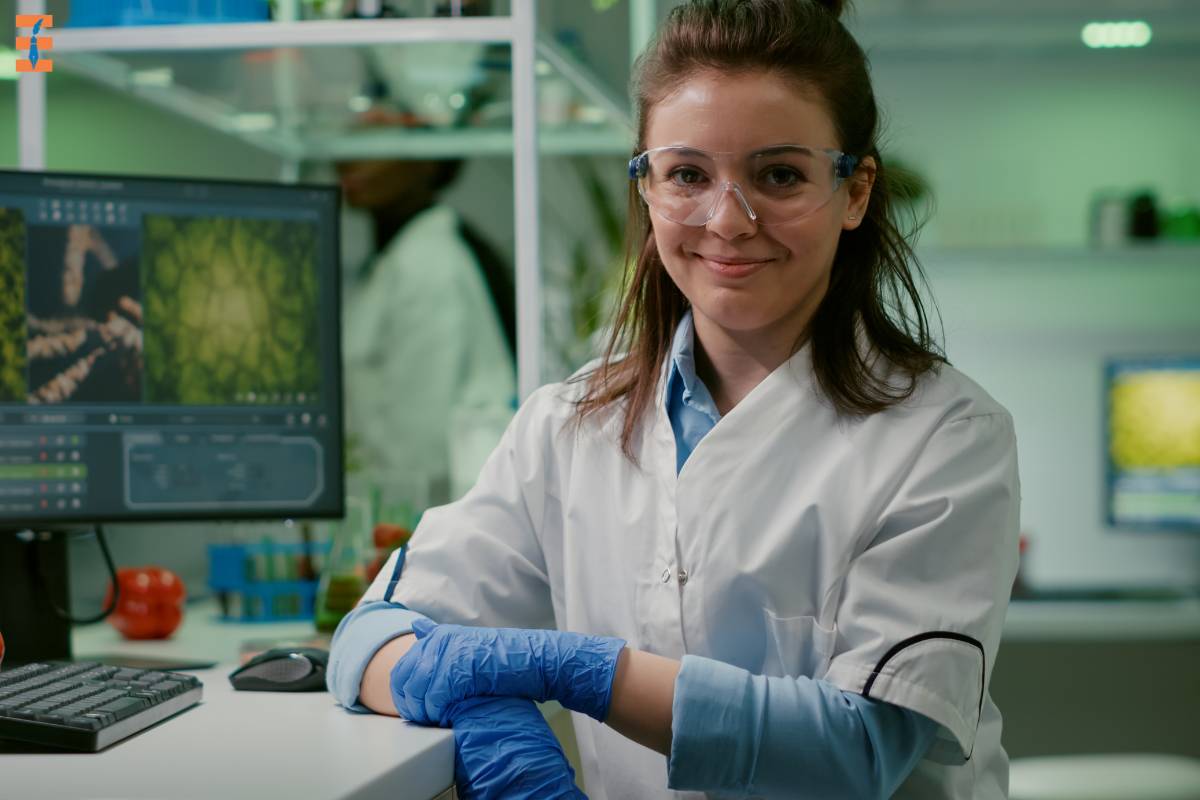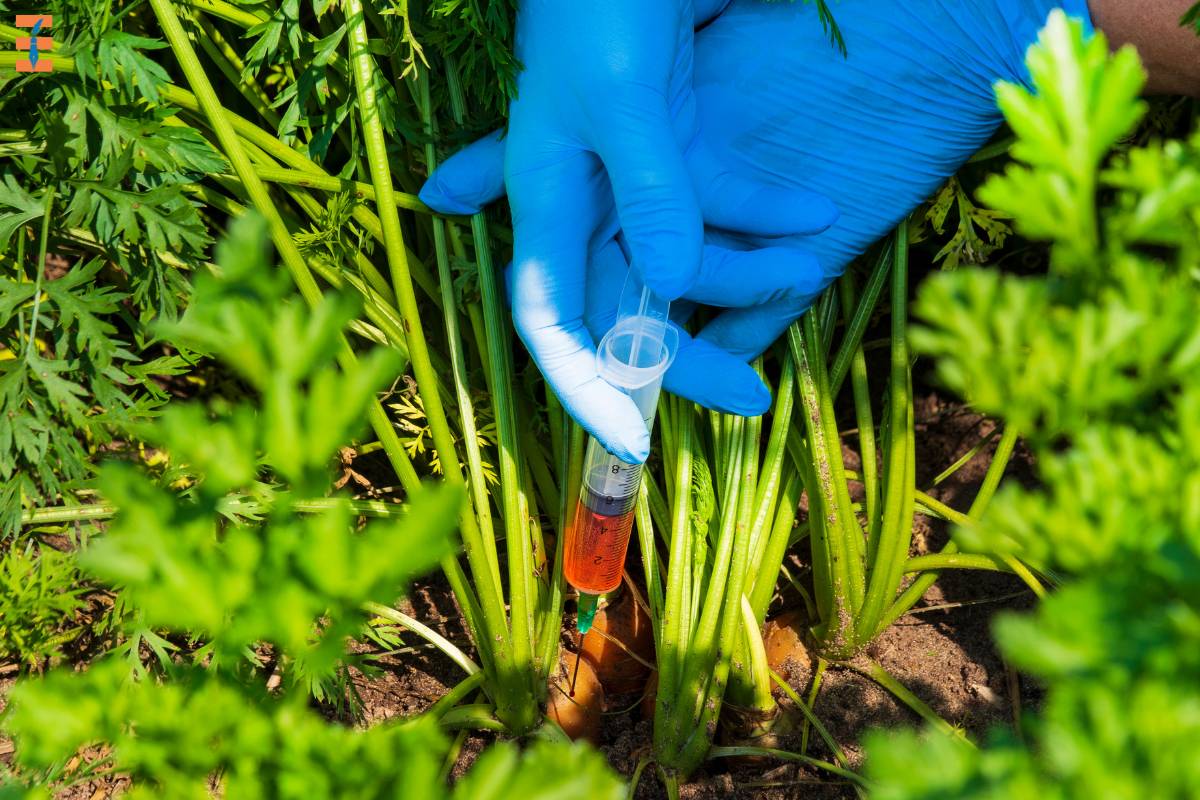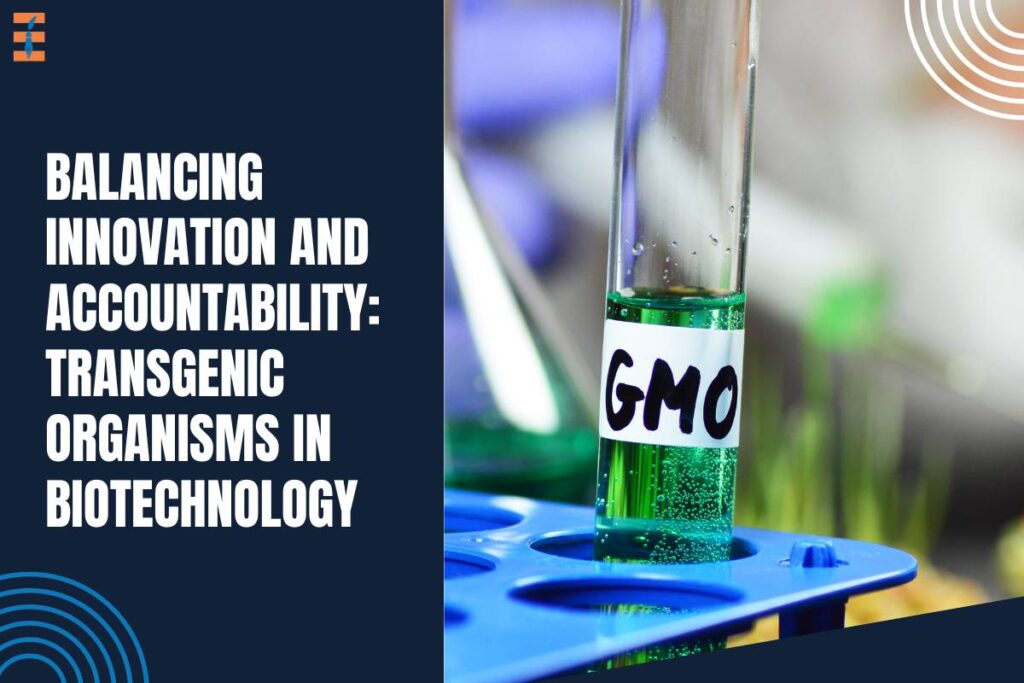Biotech bigwigs love transgenic organisms. In essence, what they are referring to is genetically modified organisms (GMOs) which have been designed to possess unique characteristics that are non-existent in their original species. This innovation has far-reaching effects ranging from enhancing farming methods to improving healthcare delivery systems. For instance, through the manipulation of genetic material scientists have been able to produce disease-resistant crops as well as laboratory animals needed for research on human disorders treatment.
It’s not always bright skies and bluebirds.” Besides their possibilities, we face real problems. There are serious philosophical quandaries about playing god, and the ecosystem could experience unexpected repercussions. Another trouble is how secure GM foods tend to be.
Transgenic organisms might allay all the fears above and more. This could mean increasing food productivity using fewer resources, or inventing novel illness treatment methods. Its essence is striking a balance between inventiveness and accountability by always considering the benefits in comparison to the dangers amid the swift changes within the domain.
Understanding Transgenic Organisms
Transgenic organisms are created through genetic engineering techniques, where genes from one species are inserted into the genome of another species. This process involves isolating the desired gene, modifying it if necessary, and then inserting it into the target organism’s DNA using various methods such as gene guns, viral vectors, or bacterial plasmids. The inserted gene becomes integrated into the host organism’s genome, leading to the expression of specific traits associated with that gene.
The applications of transgenic technology are diverse and impactful across different sectors:
1. Agriculture

Transgenic crops, such as Bt corn and herbicide-resistant soybeans, have been developed to improve crop yield, pest resistance, and overall plant resilience. These traits help farmers reduce pesticide use, increase productivity, and address food security challenges.
2. Medicine
Transgenic animals, like genetically modified mice, play a crucial role in biomedical research. They are used to study human diseases, test potential therapies, and understand gene functions. Transgenic organisms also contribute to the production of therapeutic proteins, vaccines, and other pharmaceuticals.
3. Environmental Remediation
Transgenic microorganisms are engineered for environmental cleanup tasks, such as breaking down pollutants or enhancing soil fertility. These organisms offer sustainable solutions to environmental challenges, promoting eco-friendly practices.
4. Industry
Transgenic bacteria and yeast are utilized in industrial processes, including biofuel production, enzyme synthesis, and bioremediation. Their engineered traits improve efficiency, reduce waste, and support the development of bio-based products.
Benefits of Transgenic Organisms
1. Increased Crop Yield
Transgenic crops are designed to resist pests, diseases, and environmental stresses, leading to higher yields and improved crop quality. This translates to enhanced food production and economic benefits for farmers.
2. Pest and Disease Resistance
By incorporating genes for pest resistance into plants, transgenic organisms reduce the need for chemical pesticides, thereby minimizing environmental impact and promoting sustainable agriculture practices.
3. Nutritional Enhancement
Transgenic crops can be engineered to have improved nutritional profiles, such as higher vitamin or protein content. This biofortification approach addresses nutritional deficiencies and improves public health, especially in developing regions.
4. Medical Advancements

Transgenic animals serve as valuable models for studying human diseases like cancer, diabetes, and neurodegenerative disorders. They enable researchers to test potential treatments, understand disease mechanisms, and develop personalized medicine approaches.
5. Environmental Sustainability
Transgenic microorganisms contribute to environmental remediation efforts by breaking down pollutants, improving soil health, and supporting sustainable waste management practices. These bio-based solutions reduce reliance on harmful chemicals and promote ecosystem restoration.
Controversies Surrounding Transgenic Organisms
Despite their potential benefits, transgenic organisms also face significant controversies and challenges:
1. Environmental Risks
Critics raise concerns about the unintended environmental consequences of releasing transgenic organisms into ecosystems. Potential risks include gene flow to wild populations, disruption of natural habitats, and the development of resistant pests or weeds.
2. Health Concerns
Public debates persist regarding the safety of consuming genetically modified foods. While scientific consensus generally supports the safety of approved transgenic crops, ongoing research and regulatory oversight remain critical to address public concerns and ensure food safety standards.
3. Ethical Dilemmas
Genetic modification raises ethical questions related to animal welfare, biodiversity conservation, and human genetic engineering. Debates focus on issues such as informed consent, genetic diversity preservation, and equitable access to biotechnological advancements.
4. Regulatory Framework
The regulation of transgenic organisms varies globally, leading to inconsistencies in approval processes, labeling requirements, and public awareness campaigns. Harmonizing regulatory standards and enhancing transparency are essential for fostering public trust and ensuring responsible biotechnology practices.
Future Perspectives and Challenges
The future of transgenic organisms hinges on technological advancements, regulatory frameworks, public acceptance, and ethical considerations. Key areas of development and challenges include:
1. Precision Genome Editing
Emerging tools such as CRISPR-Cas9 enable precise modifications to DNA sequences, offering greater control and efficiency in creating transgenic organisms. However, ethical debates regarding gene editing in humans and ecological consequences require careful deliberation and regulatory oversight.
2. Sustainable Agriculture

Transgenic crops tailored for climate resilience, nutrient efficiency, and resource conservation hold promise for addressing global food security challenges. Balancing agricultural innovation with environmental stewardship and societal concerns remains a complex endeavor.
3. Biomedical Breakthroughs
Transgenic animals continue to advance biomedical research, drug discovery, and regenerative medicine. Ethical guidelines, animal welfare standards, and public dialogue are essential for navigating the ethical and societal implications of genetic modification in healthcare.
4. Public Engagement and Education
Building public trust and understanding about transgenic organisms requires transparent communication, scientific literacy initiatives, and inclusive dialogue involving stakeholders from diverse backgrounds. Addressing misconceptions, ethical concerns, and regulatory gaps is crucial for informed decision-making and responsible innovation.
Conclusion:
Thus there are countless possibilities for applying transgenic organisms to the needs of economic activity, healthcare, and maintaining life conditions on the Earth, therefore they can change humanity’s future. This, however, means that one must take into account ethical, environmental, and legal problems when transgenics are made and used to achieve desired results that are both justifiable and permissible. One way to do all these is by promoting the following: scientific inventiveness, upright regulations, and civic connection needed to exploit transgenic technology profitably and at the same time caring and advocating for reasonable biotech traditions in the future.










